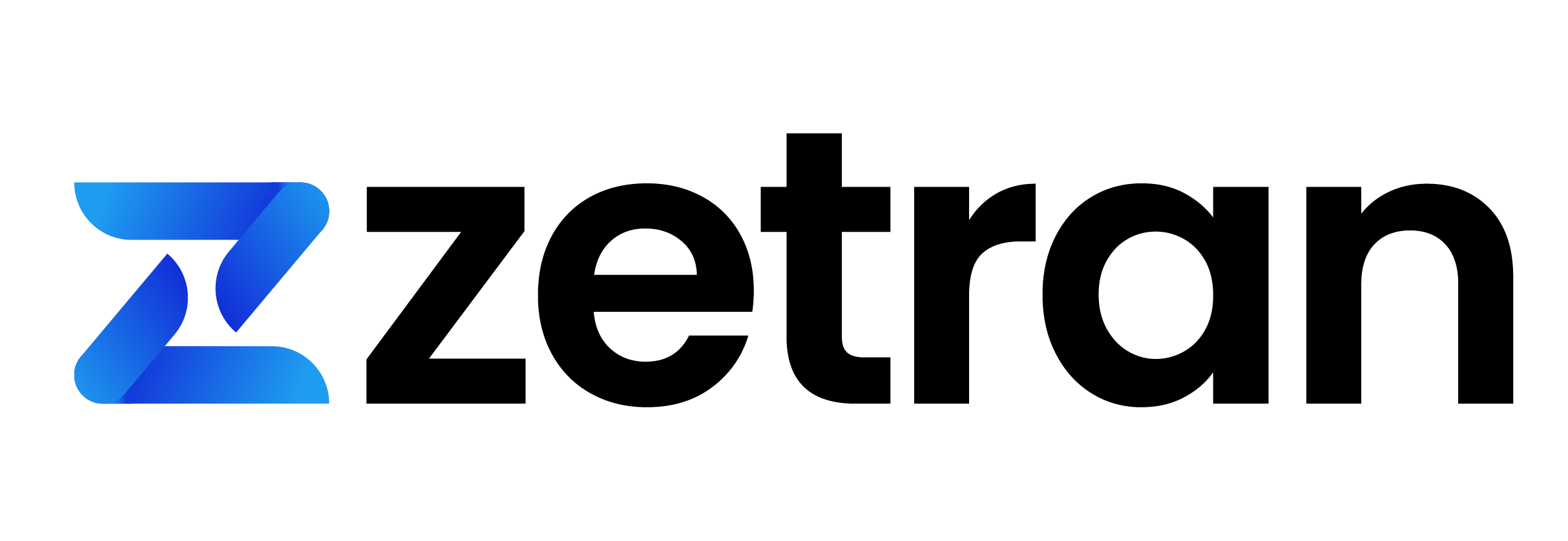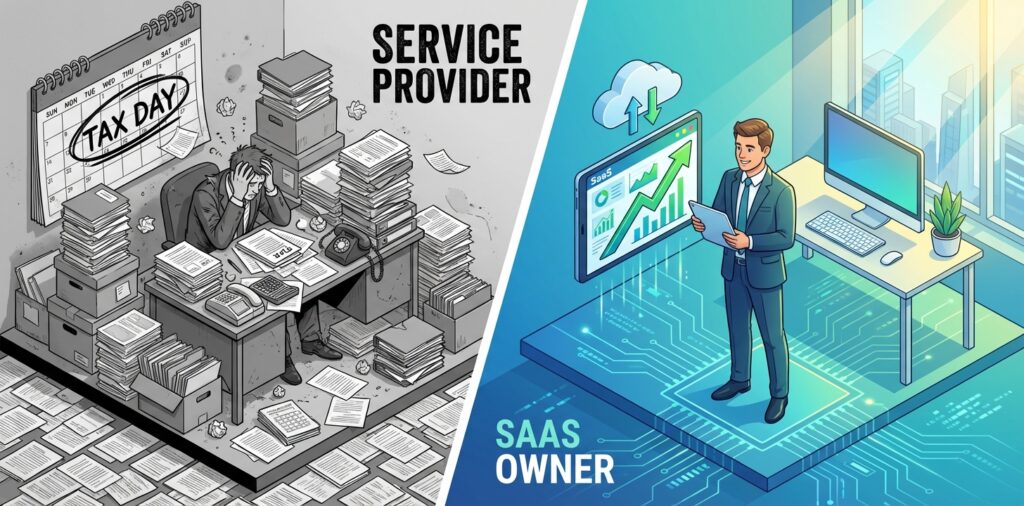The full form for DEI is Diversity, Equity, and Inclusion; it’s an essential initiative for any industry. Implementing a strong DEI strategy allows potential employees, investors, and competitors to see that you value diversity in your company. It’s also a great message about prioritizing acceptance and skill above all else.
People don’t often think building a DEI strategy is important or that it affects how their business is perceived. Regardless, when you implement an effective DEI strategy, you get many benefits that improve your organization’s overall credibility.
After plenty of techniques, these are a few of the most effective and efficient ones that help build a DEI strategy.
Five Tips for Building an Effective DEI Strategy
1. Assemble the DEI Data
Data is an integral part of any business strategy, so it’s part of your DEI strategy too. When you’re motivated to implement DEI into your business, you can assemble data to learn how DEI looks in industry operations.
If you’re having trouble assembling that DEI data, you should focus on how there will be increased representation for minorities. You should also find data points that concentrate on different workplace demographics, such as:
- Who should you employ today?
- What workers should you retain?
- Which employees need development?
- What kind of talent you will want to employ?
The way your company perceives and reacts to diversity greatly impacts potential employees and working employees. You can pass around “opinion surveys” as an effective way to gain perspective about employees’ feelings about the company’s DEI efforts.
2. Work on Practices that Will Bring in Diverse Talents to Your Business
When trying to build an effective DEI strategy, you should first assess all aspects ranging from your image and web page presence to job descriptions you’re advertising on different platforms. When assessing all the loopholes, you should make adjustments and/or complete changes to make them more inclusive and diverse.
You should consider benefitting from a microsite on your main career page; you can also highlight affinity groups and other equity statements in your company on the web page (particularly the career page).
Moreover, you should consider adding a pronouns option in your applications or other submitting processes. By adding this option, you showcase your inclusivity and how open-minded you are. When you take such measures to commit and nurture the company by including diversity and inclusivity, you attract talents to apply to your job postings. It’s solemn that companies go to such lengths, and it will set you apart from your competitors.
You should also add DEI-based questions during the interview; this will help you better understand the person, i.e., their background, ethnicity, and who they are as an individual. This will also give you insight into what made the applicant apply to your specific company instead of others.
3. All Departments Require DEI and Accountability
DEI isn’t a sole responsibility. Everyone’s work and every department’s accountability go into ensuring the best DEI strategy. Essentially, HR isn’t the only department responsible for hiring and including inclusive and diverse talent. When you have a large brand, there are multiple departments, and all those departments are in charge of bringing in different types of talent.
Integrating responsibility and accountability in each department is essential so that everyone works according to the DEI framework. It’s the entire company’s undertaking, and it needs to be present in every department, such as:
- Finances: budgeting.
- Marketing: representation of minorities.
- Sales and operations: providing solutions for the barriers constricting diverse communities from applying to large businesses.
- Corporate social accountability: not limiting to race causes or gender.
With all the departments working together, you will see significant developments, and this will build an effective DEI strategy.
4. Educate the Upper-Level Management about DEI Advantages
Workplace inclusivity begins with the behavior of senior leaders and business executives. Suppose the upper management doesn’t make decisions towards setting guidelines and standards to ensure the company has diverse staff, equal pay, and the right promotions. This is perhaps because they are not taking DEI strategy seriously and aren’t putting forth the required DEI effort.
It is essential to ensure that higher-level executives and other leadership roles are aware of the pressing importance of inclusivity and diversity. There needs to be a set of communication channels between the leaders and DEI managers to better understand and communicate DEI strategy and what they expect. However, you should also ensure that the set expectations are spread amongst the rest of the company too.
Educating upper-level management gives them the chance to learn about the many advantages of DEI and how it greatly helps people who often face discrimination.
5. Consider an Individual Approach
One of the most proven tips for building an effective DEI strategy is that you should include an individual approach. While a broader approach isn’t flawed, an individual consideration increases trust between the applicant and the manager.
It allows room for the concerns and requirements of an individual to be heard, which attracts more people to your brand. This is why you should keep in mind that you should reach out to people outside of paperwork to create a personalized experience. You can spread the word about different types of diversity and help each person understand how they are a valuable part of the team.
Wrapping UP
When trying to build an effective and functional DEI strategy, you can consider all these tips to ensure that your strategy is excellent and genuine. There are plenty of benefits to DEI, and everyone appreciates and looks forward to working with an inclusive and diverse businesses. Learn from these tips and implement the DEI strategy now.






